Months of work goes into the planning of the arrival of lambs. You must be as prepared as possible to ensure success.
I have been raising lambs for over 20 years. I have shed-lambed in January and February in South Dakota and Indiana and also pasture-lambed in Indiana in April.
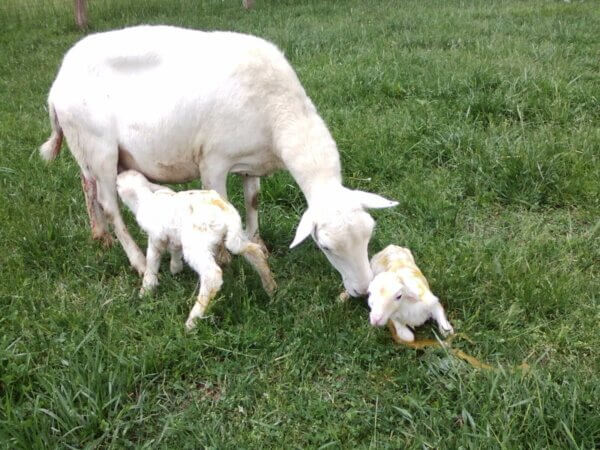
Profit margins are slim in livestock operations. So it only makes sense to match the sheep and lambing system we use with our goals, objectives, resources, and market. Shed lambing and pasture lambing both have advantages and disadvantages. The goal of this post is to help you choose the system that’s best for you.
According to Dr. Bob Leader, DVM, “from a profitability standpoint, the single most important decision you can make is when to lamb. That is because the costliest animal to feed is the lactating ewe.”
Climate, feed costs and available labor are the most significant considerations and you should weigh them heavily. Also consider factors like disease, predation, and the state of the livestock market.
Shed Lambing
In the United States, most sheep are raised in smaller farm flocks where shed lambing is the norm. Shed lambing is best for out-of-season lambing, early lambing, and prolific flocks.
The use of barns can ensure successful winter lambing that would not be possible otherwise. It is easier to control losses with intensive management. Treatment of ewes and lambs is simpler. If you vaccinate your lambs, you’ll often successfully wean more lambs. Shed lambing allows for quicker access and intervention. You have more control over problems when they arise.
Typical lambing barns should house at least 10% of the flock. Ewes are shorn 2-4 weeks prior to lambing. Some are brought inside to lamb and remain there till grass is available; others simply lamb inside and are then moved to another area.
Most lambing barns are set up with a drop pen for ewes close to lambing. Depending on the size of the flock, you can use several drop pens to contain a certain number of ewes. You’ll have less mismothering, or ewes stealing lambs, if you use drop pens.
Once a ewe has lambed, they are typically moved into jugs (individual pens) for each family. Most producers will take families from the jug in 24-48 hours and move them to a mixing pen containing pairs. Doing so allows them to bond and learn to find each other in the flock. The ewes and lambs can be processed (tagged, banded, dewormed) in the jug. In the jug, you can check the ewe’s bag to make sure she has milk and both teats are functional.
Bottle lambs are almost inevitable so it is best to have an area set up ahead of time for them as well. Every step of the process can be observed for potential problems. You can make adjustments as needed.
In a barn, it’s relatively easy to take a lamb from its mother if she can’t feed it. Give the lamb to another ewe, or keep the family in a jug longer than usual.
Disadvantages Of Shed Lambing
The disadvantage of a shed lambing system is the high capital investment for barns, pen, corrals, water, feeding equipment, and barn cleaning equipment. Also, feed costs are significantly higher in winter than they are in spring. Creep feeding of lambs raises feed cost as well.
Shed lambing systems are also labor intensive. In a shed system, you will have to check ewes and lambs every couple hours. You also need to carry feed to individual pens and distribute the feed inside the pen. You will also need to muck the pen and change the bed often.
Mortality in lambs is usually the highest in the first 30 days. Grouping more animals together also increases the chances of disease. The most common problems are mastitis for the ewe, and pneumonia and scours for lambs. Keeping things clean, draft-free, and uncrowded goes a long way in keeping sheep healthy.
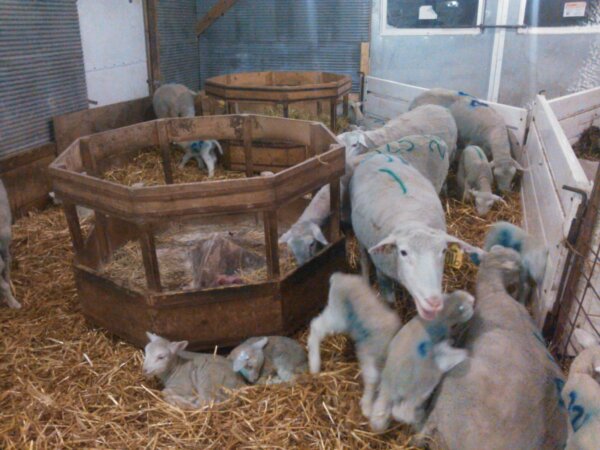
Pasture Lambing
Pasture lambing doesn’t require as many capital investments. Ewes lambing on pasture have their feed at their feet, so it does not need to be brought to them. Barns are not a necessity, because pasture lambing is best done when temperatures are at 45° or higher. Natural shelter is usually sufficient for newborn lambs. Still, set aside shelter on your property in case of foul weather.
Ewes on pasture that exercise daily have less dystocia problems. Mis-mothering is also less likely in a pasture, since a ewe that is lambing will distance herself from the flock and can remain undisturbed.
Your labor requirements can be significantly lower if you lamb in pasture. Most producers who pasture lamb do not check pastures after dark, because ewes are unlikely to lamb at night. My experience has been that most of the ewes will lamb early morning or at least during daylight. It sure is nice to be finished at sunset and not feel like you need to go out in the middle of the night.
Lambing in the spring can result in improved fertility for both the ram and ewe. Delaying breeding until the middle of breeding season can result in 5–10% increase in the number of lambs born. Lambs born in later spring can take advantage of spring, summer and fall forages, which also significantly decreases the cost of finishing these lambs.
Disadvantages Of Pasture Lambing
The disadvantages of pasture lambing? It’s harder to treat them, since you have to catch them. It’s also harder to pick out ewes who are bad mothers or produce little milk. That means it’s easier to determine which ewes to cull in a barn.
Predation is more likely on pasture. Wolves, eagles, coyotes, and other predators can easily attack your flock when they are outdoors and unsupervised.
Processing ewes and lambs and record keeping can be more challenging in the pasture, because sheep families are harder to keep together outdoors.
Pasture lambing requires a better shepherd with good skills. An experienced lambing dog makes a world of difference.
You must also spend time and effort maintaining your pasture. Keep the fodder healthy, and check your sheep for parasites. If you find parasites often, you may have to move your sheep to a different pasture.
Set Stock Vs. Drift Lambing
Set stock and drift lambing are two common ways to address pasture lambing while maintaining the health of the flock, providing adequate nutrition, and getting the most of your pasture.
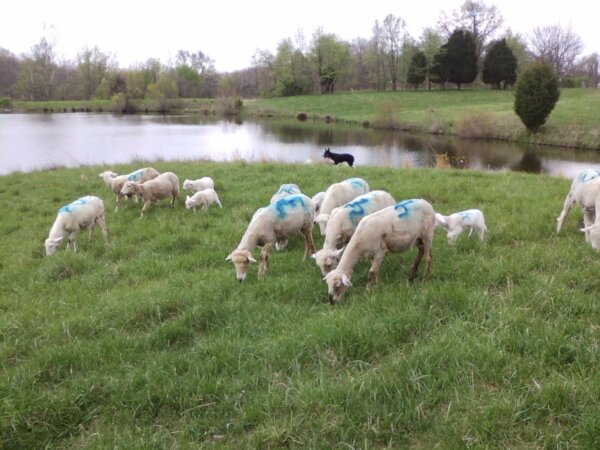
Here’s how set stock pasture lambing works. Move some ewes to a lambing pasture with ample grass. Keep them there until the group is finished lambing. Once the lambs are at least one week old, it will be relatively easy to move the sheep.
Move the sheep to begin pasture rotation, take advantage of the spring growth of grass, and decrease parasite exposure. At the start of every day, rotate ewes that have not lambed to another pasture. Leave behind ewes with newborn lambs. This will allow the new family to bond in the lambing bed the ewe has chosen.
After 2-3 days, these new families are gradually grouped into pastures together. Some producers move the ewes with newborn lambs to new pasture and leave the ewes that have not lambed. This method of drift lambing has the advantage of moving new families to the best grass available.
Drift lambing makes checking for new lambs easier since there are not older lambs in the pasture. It also limits ewe access to newborn lambs so they can not steal them. Many people who use pasture lambing methods employ guardian dogs who remain with the flock 24×7 to protect them from predators.
Choose The Right System
Take a hard look at your situation. Think of the resources and advantages you have. Consider potential challenges. Both pasture and shed lambing have their advantages. It comes down to what works best for you. In the end, you might not even have to choose one way or another. You can always like take a bit from both systems, make some tweaks, and do your lambing your own way.


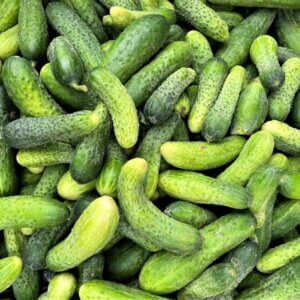


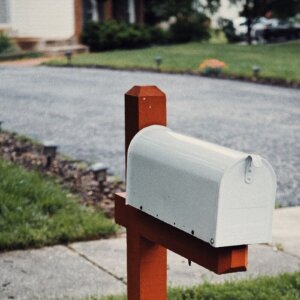





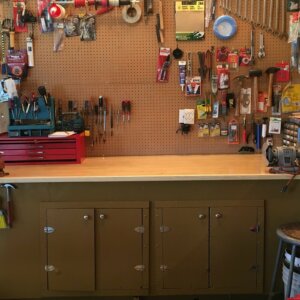



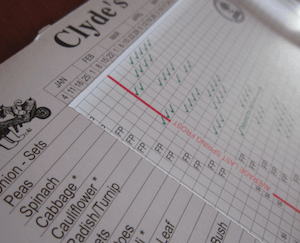






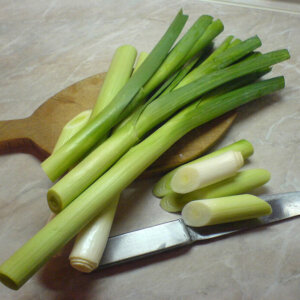
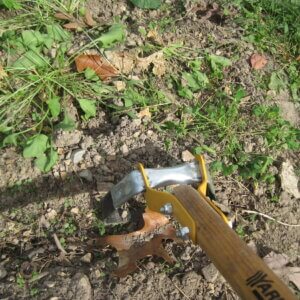

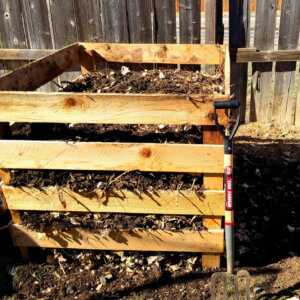
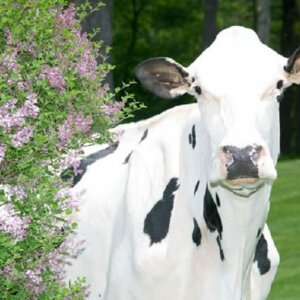
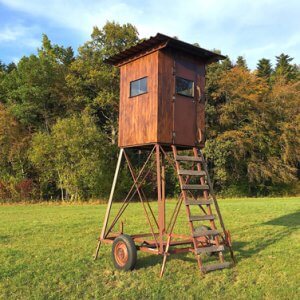






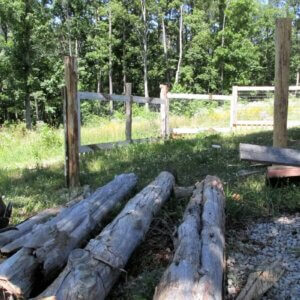






duff code on this page:
Related Posts: 6 Reasons To Raise Sheep
https://insteading.com/blog/lambing-shed-or-pasture/
Thanks Edith, good eye!